Quick question. What are the names of your kindergarten classmates? What about the 50 US state capitols? This is information your brain has learned. The reason answers may not pop readily to mind is that these pieces of information have likely been ignored. Our brain stores information in different ways and not everything makes it into long term memory, or even earns the privilege of staying there. The more you use information, the more likely you are later able to access your memory of it quickly, or for that matter, retain the memory at all. The old axiom has it right; Use it, move it or lose it!
If you want new learning to become a memory, make a it home.
Build your home before you pick out the furniture.
Step one for a memory is learning the information. Give new learning a durable home by creating a solid structure in your brain. Start with general information, and then build to specific later.
Keep up with maintenance.
Revisit information often. Recite out loud and repeat. Cur brain takes in a lot of information. Like gutters, connections in the brain need to be well traveled to work at optimal levels. When we neglect them, they can become harder to travel, like leaves and debris piling up blocking the water.
Be a good neighbor.
Teach others. This one task combines many memory techniques. A teacher needs to recite information to pass it on, define an organization and structure to present it clearly, and make analogies and connections to information their learner already understands. While doing all this, teachers may offer memory devices to the learner such as mnemonics or visualizations. The best way to improve your memory is to share it with others.



